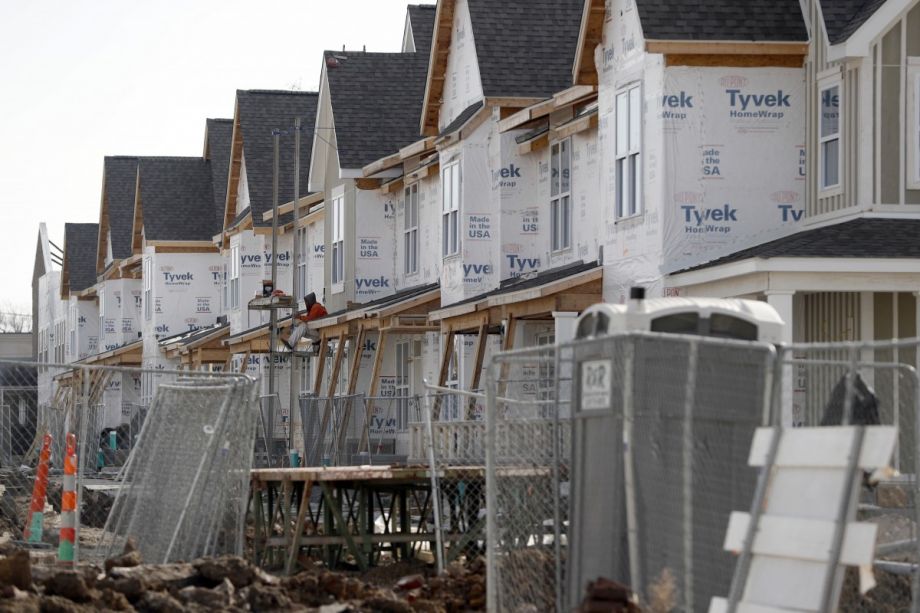The federal Low Income Housing Tax Credit program relies on profit motive of investors to attract private capital into projects that produce public good in the U.S. With President Donald Trump hoping a massive U.S. infrastructure push in the future will be supported largely by such profit motive, via public-private partnerships, lessons from LIHTC’s implementation could prove instructive — and may foreshadow abuse and corruption.
According to the NYU Furman Center, between 1995 and 2014, the LIHTC program financed construction and preservation of 2.1 million housing units in over 28,000 developments across the country. PBS’ Frontline and NPR recently investigated how those developments have been built and why, and how some builders have been able to skim immense wealth off the top of the program for their own benefit, at taxpayers’ expense. (The media outlets also examined the country’s other main affordable housing program, Section 8 Housing Choice Vouchers.)
As the joint investigation found, the vast majority of LIHTC developments were located in areas that were already considered low-income. The main reason: an opposition in wealthier areas to new affordable housing. Producers followed the journey of two Dallas-area private developers who sought to build LIHTC projects. Both small business owners run into walls of opposition from locals. One gets caught up in a scheme to obtain necessary approvals, and ends up pleading guilty to bribery. The other developer gives up trying to get LIHTCs entirely for one project, and finds other ways to finance an affordable housing development, but ends up encountering police and inspectors disrupting the work.
As a result, the reporters conclude, LIHTC is only reinforcing historical segregation instead of alleviating it. (Indeed, in 2015, the U.S. Supreme Court ruled that too many tax credits were being allocated to build affordable housing only in predominantly black neighborhoods in the Dallas metro area, and too few were being awarded to build in predominantly white suburban neighborhoods. In a landmark ruling, the court said that pattern was a violation of the 1968 Fair Housing Act.)
In southern Florida, the Frontline/NPR investigation followed a web of clever but corrupt developers, lax state housing agency officials, and a prosecutor who has been effective at bringing some of those corrupt developers to trial and conviction. A scheme involves developers over-inflating the costs of a project, state housing agencies that appear to be sleeping on the job instead of scrutinizing cost estimates, and developers using overseas shell companies with secret bank accounts to hide the extra money. One developer managed to skim $34 million from 14 projects, their reporting found.
Two civil rights lawyers, Betsy Julian and Mike Daniel, told reporters they’re skeptical of the thriving industry that has sprung up thanks to LIHTCs.
“It’s a frightfully expensive way to provide low-income housing and it’s got layers of profit built into it that we think we have to provide in order to get people to do something for poor people,” Daniel says.
Julian says 30 years ago, attending affordable housing conferences was different than it is today.
“I have the feeling that I’m in the room with nothing but a bunch of rich guys and gals,” she says. “That’s an impression that has to do with the ambience and the sense that there’s a lot of money to be made around affordable housing.”
Using data from various sources and their own calculations, the investigation team also estimated that the annual number of units produced via LIHTCs has fallen, from 70,220 in 1997 to 58,735 in 2014, while the annual cost to taxpayers increased by 66 percent in tax credits. Producers estimated that rising construction costs accounted for about half of the price increase, but affirmed no explanation for the rest.
Tax credit industry representatives responded in a written statement that there are multiple factors explaining the declines in production, including the declines in federal Community Development Block Grants and other grant sources.
“After investigating the tax credit program, what’s clear is that there are multiple reasons why it’s producing less affordable housing and costing more,” NPR journalists write. “But without more data or stronger oversight, it’s hard to know exactly why fewer units are being produced.”
Novogradac & Company, an accounting firm that specializes in tax credit financing transactions, strongly disputes the notion that corruption in the LIHTC program is so bad that it is leading to production declines.

Oscar is Next City's senior economic justice correspondent. He previously served as Next City’s editor from 2018-2019, and was a Next City Equitable Cities Fellow from 2015-2016. Since 2011, Oscar has covered community development finance, community banking, impact investing, economic development, housing and more for media outlets such as Shelterforce, B Magazine, Impact Alpha and Fast Company.
Follow Oscar .(JavaScript must be enabled to view this email address)
















